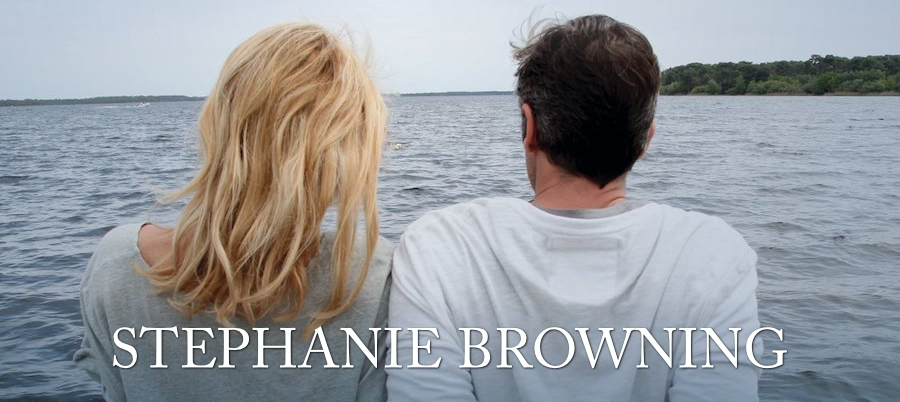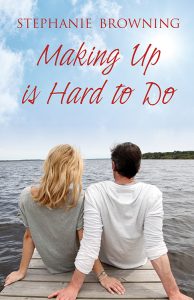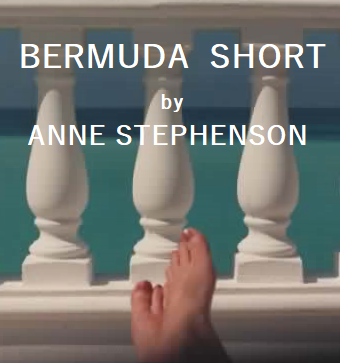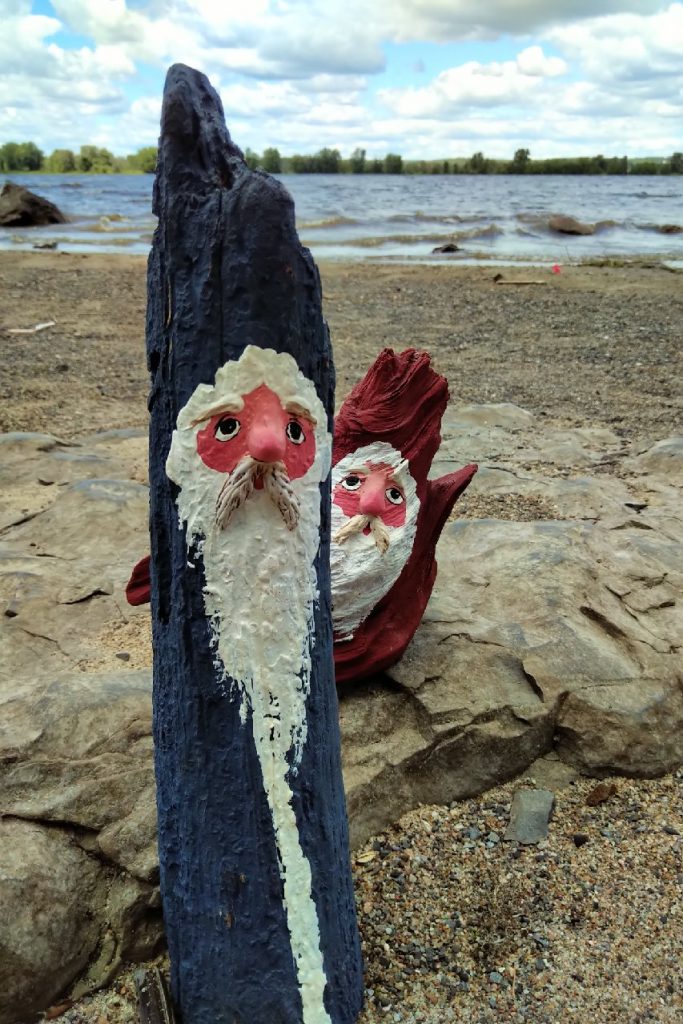Picture Perfect!

It’s been two years since I wrote this post and, looking back, the hours spent searching for just the right picture have definitely paid off — both in print and as an e-book! Not that the story doesn’t “have legs” — page reads are a great way to measure your readers’ engagement — but there’s nothing like al little “curb appeal” to get them there!
Picture Perfect!
It’s an oft-used cliché, but sometimes a picture really is worth a thousand words. And finding an image that supports both the book’s title and its story line, is magic.
Take Making Up is Hard to Do. It started life as a romantic suspense novel, lost its way, went through multiple rewrites and three different titles before it was deemed ready to publish.
Once we’d sorted out the cover.
As a contemporary romance with the bedroom door only slightly ajar, we needed a photo that would let the reader know what to expect. Not that we have any objections to a set of well-toned abs.
There are literally millions of images available from aggregates like Shutterstock, Can Stock and Adobe Stock. The trick is to narrow your search parameters along the way. We started with couples in love, couples kissing, dating couples, couples at the beach and so on. Big smiles and bikinis wasn’t what we had in mind.so we tried “couple from behind on the beach” and voilà! We had our image.
The dock was an unexpected bonus. With a title like Making Up is Hard to Do what was a natural pose for a couple gazing across the water was suddenly open to interpretation. Were they getting back together or were they still worlds apart?
The answer is on the page!
We like the look of Making Up is Hard to Do so much we’ve made it part of our Stephanie Browning brand. And used it as the cover for Love Me Now, Love Me Forever, our three-book boxed set featuring Outbid by the Boss, Making Up is Hard to Do and Undone by the Star.
As voracious romance readers, we love the idea of boxed sets, and hope you do, too!
Love Me Now, Love Me Forever is available on…
Kobo, Kindle & Apple Books
Breaking into print…
“Breaking into print isn’t easy. You can spend months, even years working on a manuscript, only to have it rejected for reasons that may have nothing to do with the caliber of your writing. Either the market’s not right or the storyline has been done to death. You name it, most writers have heard it. The tenacious ones, and the ones who truly believe in their work, persist or take matters into their own hands.”
The preceding paragraph is from an article I wrote for The Ottawa Citizen in 1997, long before self-publishing had lost its stigma and become a legitimate option, but it could have been yesterday. And while self-publishing is now the method of choice for many writers, there is nothing quite like having someone say “we want to publish your book!”
It’s been a while since I’ve heard those words, but I can’t complain — my journalism background served me well – or at least, kept me employed over the years while I dabbled in fiction, raised a family and worked freelance.
And then, silly me. I retired. Chucked it all in, moved to the country and daydreamed about writing the great Canadian novel while my husband and I refurbished our 1860’s farmhouse.
But the muse does nag. And there I was, in 2012, renovations done and feeling slightly adrift. It was time to reboot my career. But where to start? I had a couple of manuscripts in the drawer and a backlist of traditionally-published short stories, feature articles and mysteries for kids. I had “skin in the game.”
couple of manuscripts in the drawer and a backlist of traditionally-published short stories, feature articles and mysteries for kids. I had “skin in the game.”
Unfortunately, becoming an “indie author” wasn’t as easy as I thought. I had to get up to speed on everything from social media and website design, to author branding and publishing rights, when what I really wanted to do was just write.
So I delved into my “archives,” and came up with the first draft of a short mystery I’d written a few years back.
I’d called it Bitter End, a 3,000-word tale of revenge (my favourite motive) involving best friends and an errant husband with questionable…assets. I took another pass at the manuscript and sent it off to Mystery Weekly Magazine. They bought it, and I was back in business!
It felt good.
Six months later, I published Revenge With A Twist, a collection of three mystery shorts which included Bitter End (the rights were non-exclusive by then), Oscar Chump!, a small-town mystery with a fifties feel, and Bermuda Short, which had first appeared in Cold Blood IV, the long-running anthology edited by Peter Sellers and published by Mosaic Press.
Since then, I’ve written new material, and spun old into gold – or at least silver – as an indie author. My schedule is my own and while I’m unlikely to hit the big time, I love the opportunity to pick-and-choose.
Next up, another collection of three mystery shorts…none of which have been previously published…however, I do believe Dry As A Bone is worth a rewrite assuming it’s still in the bottom drawer.
Christmas in July
It’s “Christmas in July” and I’m in the mood for snow!
Not because it’s 31 Celsius outside, but because I’m writing a new novel, a holiday romance with all the trimmings.
Complete with a picturesque village, an old stone cottage, and two unattached people destined to fall in love.
For journalist Ellie Carstairs, the cottage she inherited from her late grandmother is the perfect retreat for the holidays. She can finish the article she’s been working on, have dinner at the Coach House Inn on Christmas Eve, and then curl up in front of the fire with a good book.
Everything goes to plan until a last-minute guest arrives in Maple Bay, leaving Ellie’s friend Hannah Jeffries, the Inn’s owner, in a panic. But not for long.
Ellie’s table will have to become a table for two. And just like that, she finds herself sitting across from a handsome stranger.
But who is Ryan Harper and what’s he doing in Maple Bay?
I know, but Ellie doesn’t yet, and with Christmas only six months away, I’ll be busy, breaking their hearts and then putting them back together again!
Having grown up around the Great Lakes – my family had a cottage on Lake Huron for nearly 30 years – most of my books for young readers are set in small-town Ontario. A Maple Bay Christmas continues the tradition.
I must be on the right track; I found myself humming jingle bells at the beach the other day!
Bermuda Short
“Bermuda Short”
A free read from my collection of mystery shorts: Revenge With A Twist
Carolann Gravelle flew to Bermuda two days after Alex and his new bride…
Had it been any other Tuesday, she would have been at her desk in suburban Toronto, processing death claims for Parkwood Life and Casualty. but not today. Today, she was flying first class on Air Canada’s Flight 942 to Bermuda, drinking champagne and dreaming of death and dismemberment amidst the bougainvillea.
Carolann had fantasized more than a few people to death over the years. Her favourite method, used countless times by the great Agatha Christie, was poison. Especially the obvious ones. They made one feel so decidedly superior.
She chatted with her seat companion as the plane flew over Manhattan and headed out over the Atlantic. He seemed pleasant, and she enjoyed his  company until he began flirting with the flight attendant. If that was the way he was, Carolann decided, she’d rather read her book.
company until he began flirting with the flight attendant. If that was the way he was, Carolann decided, she’d rather read her book.
Allowing herself an anticipatory shiver at the thought of being with Alex again she settled back in her chair.
The first time she’d met Alexander Wright, she’d been hovering around the mystery section in Mirvish Books, disappointed that there was nothing new from her usual authors, when a rather handsome man had asked her a question.
At first, she’d thought he’d mistaken her for one of the clerks. But when he’d engaged her in a spirited conversation about the state of mystery writing in Canada, she realized he’d wanted her opinion. Next thing she knew, they were moving towards the cash together and talking about structure.
“It’s all in the plot. Don’t you agree/”
“Oh, absolutely,” Carolann had said. He had such beautiful blue eyes. “As long as there are strong character driving it along.” She’d hesitated, groping for the right answer to keep his interest and the conversation going. “But I do think it’s just as hard to kill someone as it is to figure out who did it.”
Alex had given her an appraising look. “You seem to be well versed in the subject.”
Clutching her book bag hopefully against her chest, Carolann had told him all about her book club as they walked out of the store together. They’d had coffee in a little Hungarian restaurant on Bloor Street and afterwards, he’d walked her to her car.
The next six months were the most glorious in Carolann’s life.
They’d gone bicycling on the island, checked out the specialty books shops around town and spent Sundays exploring the surrounding countryside in Alex’s leased Mercedes.
Much to her surprise, and secret pleasure, Carolann found herself haunting lingerie departments on her lunch hour. She even read Cosmo in the grocery line.
At thirty-two, Carolann had all but given up on the reality of a long-term relationship. It wasn’t that she couldn’t attract men. She was simply too possessive. After two or three dates they invariably backed away. Her social activities of late had been restricted to odd evenings out with other lonely, single women.
Never again.. read more…

